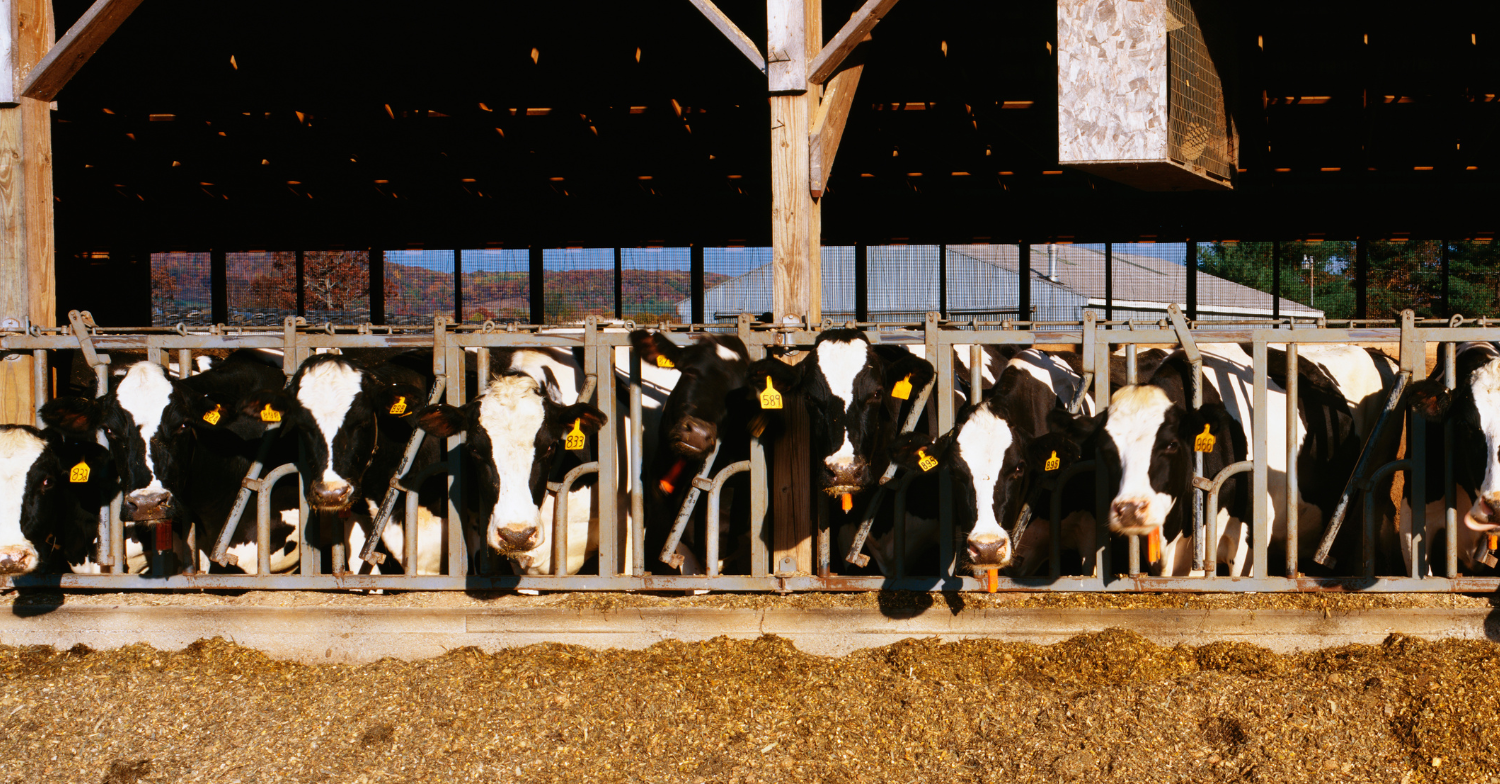June 20, 2025 – Market Analysis
US dairy commodity markets experienced significant volatility this week, with cheese prices pulling back from recent peaks while other sectors showed mixed performance. The retreat follows a period of strong demand that pushed cheese markets to elevated levels, raising questions about sustainability as seasonal factors begin to influence trading patterns.
CME markets show sector divergence amid holiday-shortened week
Trading activity on the Chicago Mercantile Exchange reflected the complex dynamics currently shaping US dairy markets. Cheese prices experienced notable declines, while whey markets faced moderate pressure. Butter trading remained relatively stable, and nonfat dry milk showed modest gains in a holiday-shortened trading week due to Juneteenth observances.
The cheese market pullback comes after a robust May demand period that caught many market participants off-guard with lower-than-expected inventory levels. The strong buying interest during that period pushed prices toward significant psychological levels, creating concerns about demand sustainability at those elevated price points.
Market analysts suggest that current pricing levels appear more sustainable for summer trading conditions, though the adjustment creates new challenges for processors who have made substantial investments in production capacity expansion.
Liquid markets heat up with seasonal cream dynamics
US cream markets are experiencing the typical seasonal tightening associated with warmer weather patterns. Temperatures rising across major dairy regions are contributing to reduced cream availability, creating upward pressure on liquid dairy product pricing.
This seasonal tightening is establishing new floor levels for related products, with market participants adjusting their price expectations accordingly. The cream market dynamics are particularly important as they influence broader dairy complex pricing relationships and processing economics.
Trans-Atlantic protein spreads remain historically wide
One of the most significant developments in global dairy markets continues to be the persistent pricing gaps between US and European protein products. These spreads, which expanded dramatically during recent trade tensions, are showing only gradual normalization despite improved trade relationships.
Whey protein isolate markets exemplify this phenomenon, with European products maintaining substantial premiums over US origins. While some narrowing has occurred from peak levels reached earlier this year, current spreads remain significantly above historical averages.
Whey protein concentrate markets show even less convergence progress, with European premiums persisting at levels well above traditional trading ranges. The persistence of these spreads reflects the complex interplay of trade policies, currency movements, and shifting global demand patterns.
Multiple factors complicate market normalization
Several structural factors are influencing the pace of market normalization. Residual trade policy effects continue to impact buyer behavior, even as formal trade restrictions have been modified. Currency fluctuations between major trading regions are adding another layer of complexity to international price relationships.
Additionally, the elevated absolute price levels across protein categories naturally create wider spreads when measured in dollar terms, making historical comparisons more challenging. Market participants are closely monitoring whether convergence will occur through US price increases, European price declines, or some combination of both.
Supply outlook shows mixed regional patterns
Looking ahead, global dairy supply projections suggest increasing production in the second half of 2025, with contributions expected from multiple major producing regions including the United States, European Union, and South American countries. This anticipated supply growth comes at a time when demand indicators are showing some softening due to broader economic pressures.
Despite concerns about potential oversupply, certain regional markets continue to demonstrate strength. Oceania dairy prices remain robust, supported by strong fundamentals and continued confidence among regional producers.
Market implications for processors and traders
The current market environment presents both opportunities and challenges for dairy industry participants. Processors face the challenge of managing input costs while maintaining profitability in a volatile pricing environment. The substantial investments made in cheese production capacity during the recent demand surge will need to generate adequate returns even as market conditions normalize.
For traders and buyers, the persistent trans-Atlantic spreads continue to offer arbitrage opportunities, though the pace of normalization remains uncertain. Market participants are balancing the potential for further spread narrowing against the risk of maintaining large position differences.
Read the full US Dairy Market Analysis for week 25 on the Vesper platform here: https://app.vespertool.com/market-analysis/2027





